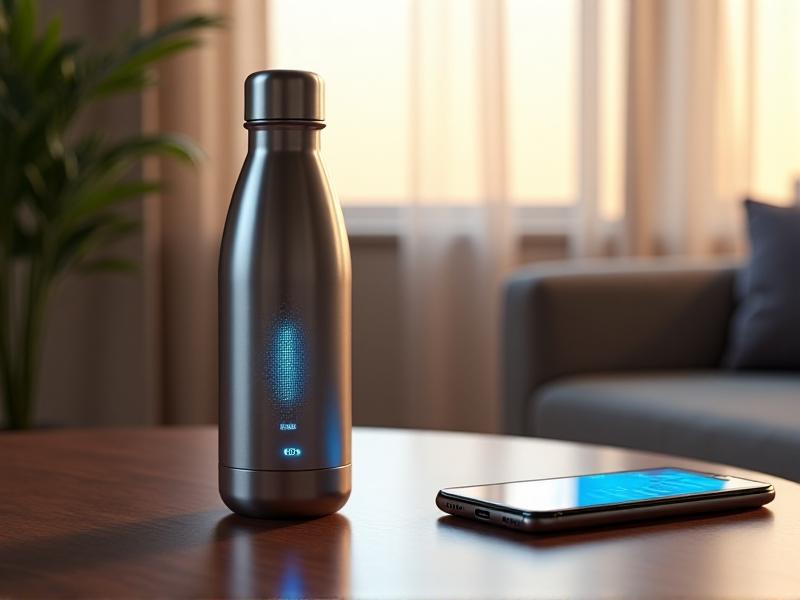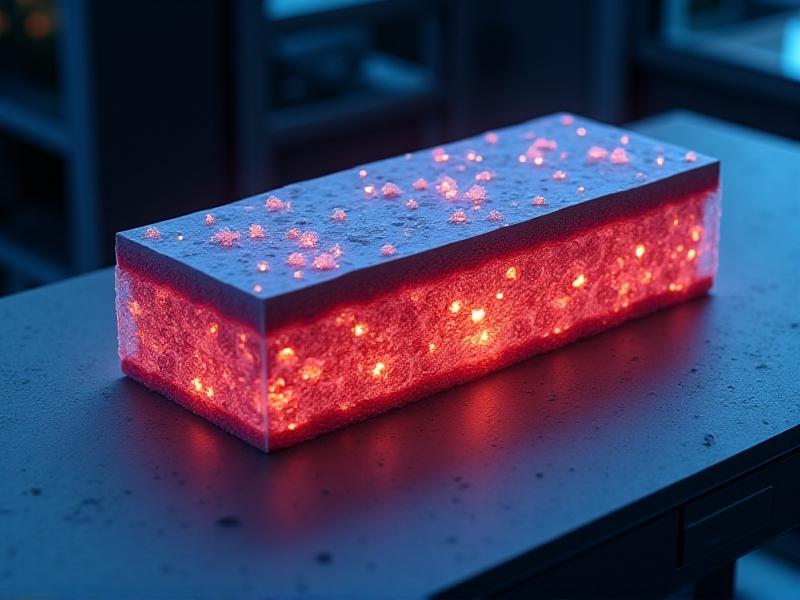Desk Drawer Emergency Nutrient Kits
The Modern Desk Worker's Dietary Challenges
Modern work culture often traps employees in a cycle of sedentary habits and poor nutrition. Long hours at desks, coupled with deadlines, lead many to prioritize convenience over health, reaching for sugary snacks, fast food, or skipping meals altogether. Studies show that 65% of office workers rely on vending machine snacks for energy, contributing to chronic fatigue, brain fog, and metabolic issues. The absence of fresh, nutrient-dense options in workspaces exacerbates the problem, creating a hidden health crisis fueled by caffeine and empty calories.

This cycle isn’t just about willpower—it’s a systemic issue. Open-plan offices, limited break times, and inadequate kitchen facilities make it difficult to prepare balanced meals. Over time, this “desk diet” can lead to nutrient deficiencies, weakened immunity, and decreased productivity. Recognizing this pattern is the first step toward rethinking how we fuel our workdays. Desk drawer emergency nutrient kits offer a proactive solution, bridging the gap between convenience and nourishment.
What Are Desk Drawer Emergency Nutrient Kits?
Desk drawer emergency nutrient kits are compact, strategically stocked collections of non-perishable foods and supplements designed to provide quick, balanced nutrition during hectic workdays. Unlike traditional snacks, these kits prioritize protein, fiber, healthy fats, and essential vitamins over empty calories. Think of them as a nutritional safety net: they’re not meant to replace meals but to prevent energy crashes when time or options are limited.
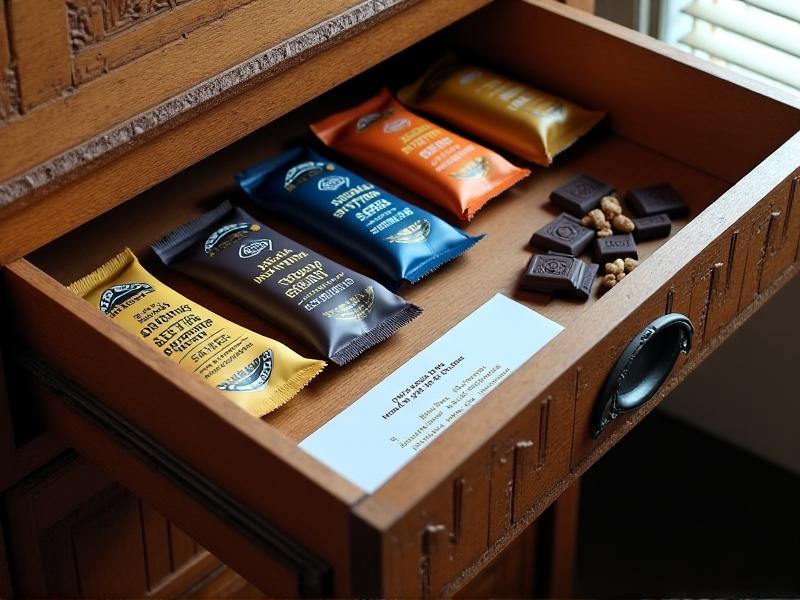
The concept borrows from emergency preparedness but adapts it for daily office life. A well-curated kit might include items like almond butter packets, whole-grain crackers, dried seaweed for micronutrients, and magnesium tablets to combat stress. The goal is to offer immediate sustenance while supporting long-term health—a stark contrast to the sugar-laden “quick fixes” dominating office pantries.
Essential Components: Nutrients You Can’t Overlook
Building an effective kit requires understanding which nutrients sustain energy and focus. Protein is critical—options like jerky or plant-based protein bars stabilize blood sugar. Fiber-rich foods like dried figs or chia seed packets aid digestion, while omega-3-packed walnuts support brain function. Don’t overlook electrolytes: single-serving hydration tablets can combat the dehydrating effects of air-conditioned offices and excessive coffee.
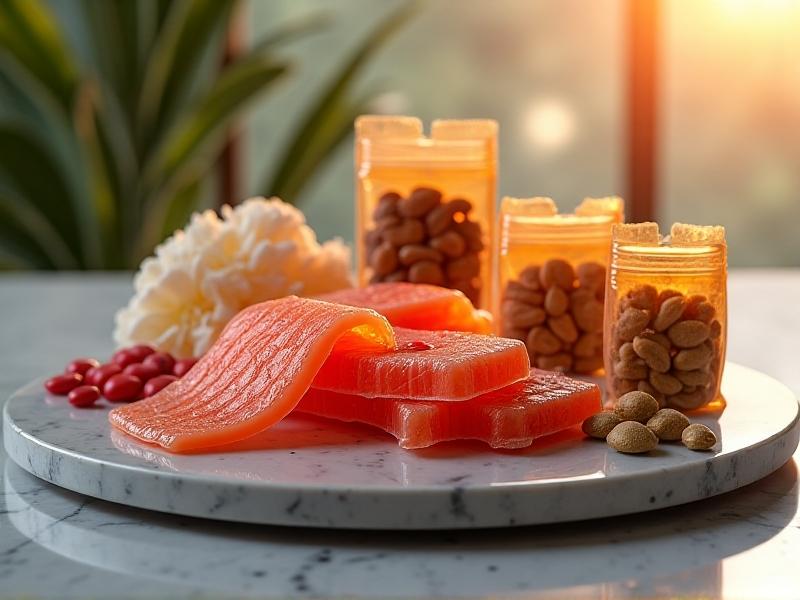
Micronutrients are equally vital. Iron-rich snacks like dried apricots prevent afternoon slumps, while vitamin C gummies boost immunity. Include adaptogens like ashwagandha tablets to manage stress. Avoid items with added sugars or artificial preservatives—opt for minimally processed, whole-food ingredients wherever possible.
Designing Your Kit: Balance, Practicality, and Taste
A successful kit balances nutrition with practicality. Choose items that require no refrigeration and have a shelf life of at least six months. Use resealable silicone bags or small containers to portion servings and prevent waste. Prioritize variety to avoid palate fatigue: rotate between savory, sweet, and umami flavors. For example, pair wasabi peas with dark chocolate-covered almonds for contrast.
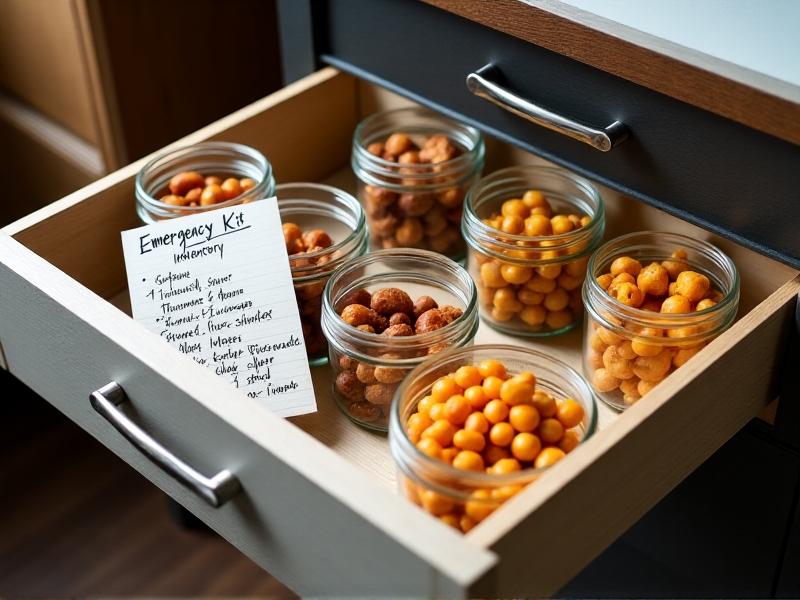
Consider texture diversity too—crunchy, chewy, and smooth options keep the kit engaging. Include a reusable spork or foldable utensil for items like instant oatmeal. Lastly, add a touch of luxury: a single square of high-cocoa chocolate can uplift morale without spiking blood sugar.
Timing Is Everything: When to Use Your Emergency Kit
These kits shine during specific scenarios: back-to-back meetings, missed lunch breaks, or late-night deadlines. They’re also invaluable during travel delays or when cafeteria options are unappealing. The key is to deploy them strategically—don’t wait until hunger becomes distraction. Consume a protein-rich item mid-morning to avoid the post-lunch energy dip, or nibble nuts during an afternoon slump.
However, moderation matters. These kits are stopgaps, not daily meal replacements. Overreliance can lead to imbalanced diets. Pair kit items with fresh produce during breaks whenever possible, and use them to buy time until a proper meal is feasible.
Personalization: Adapting Kits to Dietary Restrictions
Customization ensures kits meet individual needs. For gluten-free diets, swap traditional crackers for rice cakes or quinoa crisps. Vegans might include roasted edamame or spirulina snacks instead of whey protein bars. Nut allergies? Sunflower seed butter packets and roasted lupini beans offer safe alternatives. Always label items clearly and consider cross-contamination risks in shared workspaces.
Kits can also address medical needs. Diabetics might prioritize low-glycemic snacks like roasted soybeans, while those with hypertension could choose unsalted nuts. Consult a nutritionist to tailor kits for conditions like IBS or PCOS, ensuring every item supports overall health goals.
Supplements vs. Real Food: Pros and Cons
While supplements like vitamin D or B12 tablets address specific deficiencies, whole foods offer synergistic nutrient combinations. For instance, a handful of almonds provides vitamin E, fiber, and healthy fats—a trio no pill can replicate. However, supplements are practical for nutrients hard to obtain from shelf-stable foods, like omega-3s from algae capsules.
Strike a balance. Use protein bars or shakes sparingly, opting for real food first. Reserve supplements for targeted needs, such as a vitamin C boost during flu season or magnesium glycinate for stress relief. Always check with a healthcare provider to avoid over-supplementation.
Keeping It Fresh: Storage Solutions and Shelf Life
Proper storage extends kit usability. Use airtight containers to protect against humidity and pests. Oxygen absorbers in nut packages prevent rancidity. Regularly check expiration dates—rotate older items to the front and replace them every 3-6 months. Track inventory with a simple spreadsheet or app to avoid waste.
Consider environment: avoid placing kits near heaters or windows where temperature fluctuations accelerate spoilage. Transparent containers allow quick visual checks, while opaque ones protect light-sensitive items like vitamin D drops.
Budget-Friendly Tips for Building Your Kit
Building a nutrient kit needn’t break the bank. Buy nuts, seeds, and dried fruits in bulk, portioning them into reusable bags. DIY protein bars using oats, peanut butter, and honey cost less than store-bought versions. Seasonal sales on supplements or loyalty programs at health stores can yield savings.
Repurpose household items: small jam jars can hold spices like cinnamon for metabolic boosts. Grow your own herbs like mint or basil on your desk for fresh, free additions to instant soups or teas.
Innovations Shaping the Future of Emergency Nutrition
Emerging technologies are revolutionizing nutrient kits. Smart packaging with freshness sensors can alert users via app when items near expiration. 3D-printed snacks customized to individual nutrient needs are on the horizon, as are biodegradable wrappers to reduce waste. Companies like Kencko offer freeze-dried smoothie packets made from real fruit, bridging convenience and nutrition.
Personalized subscription services now curate kits based on DNA profiles or gut microbiome analyses, while vertical farming enables fresh greens to be grown in office pantries. These advancements promise a future where emergency nutrition is both high-tech and deeply personalized.
